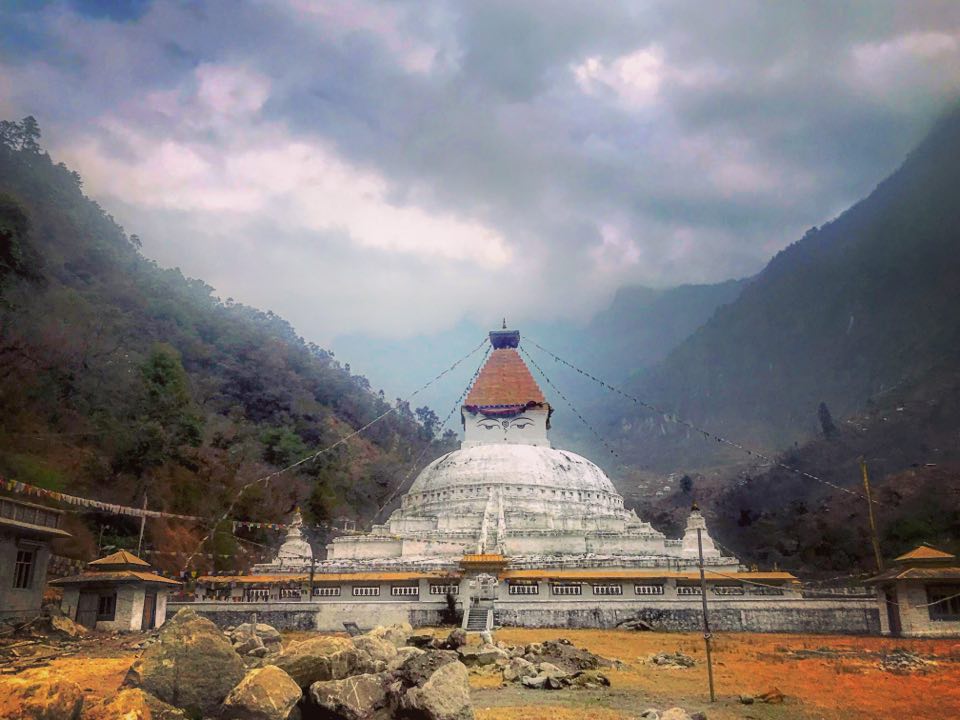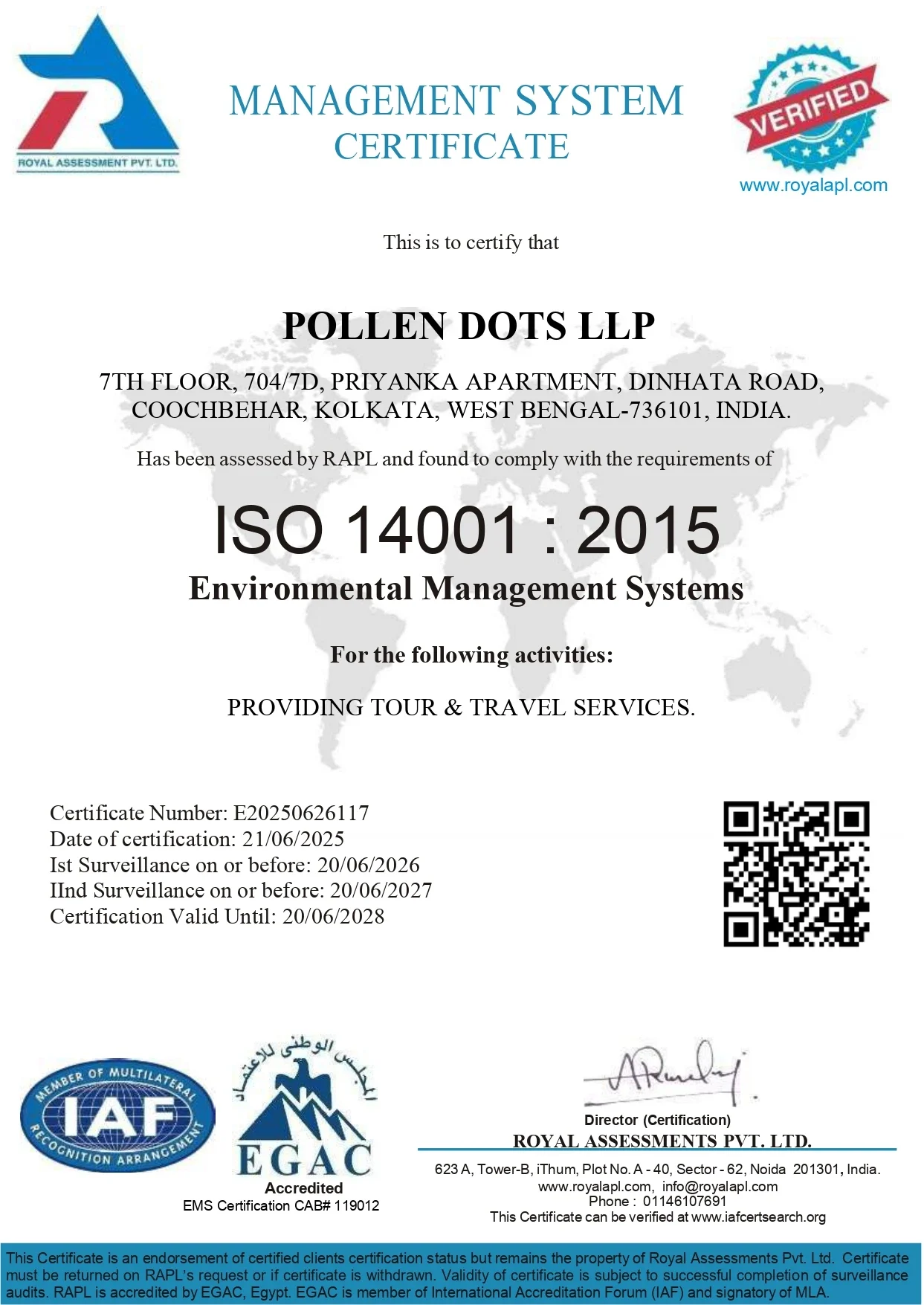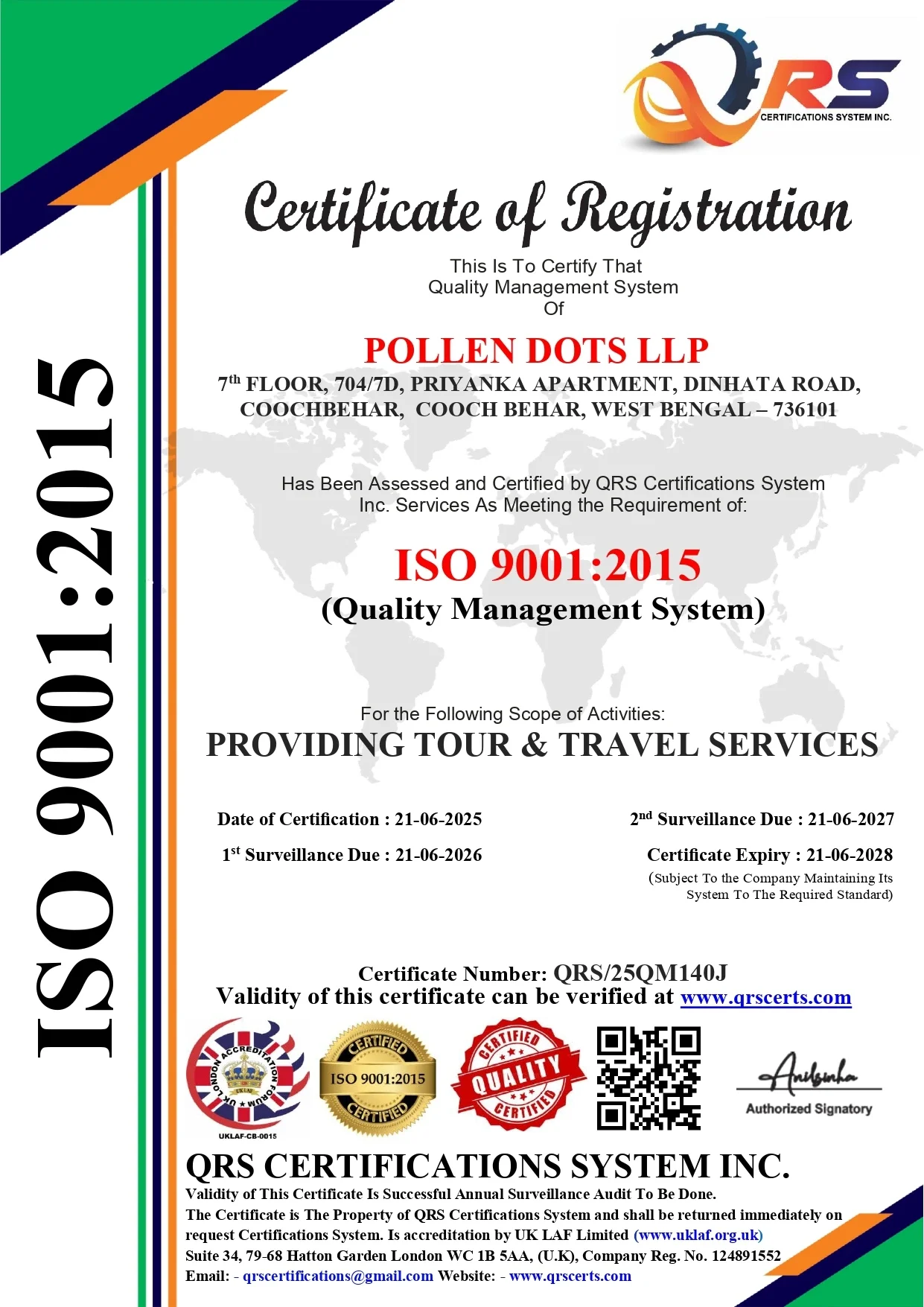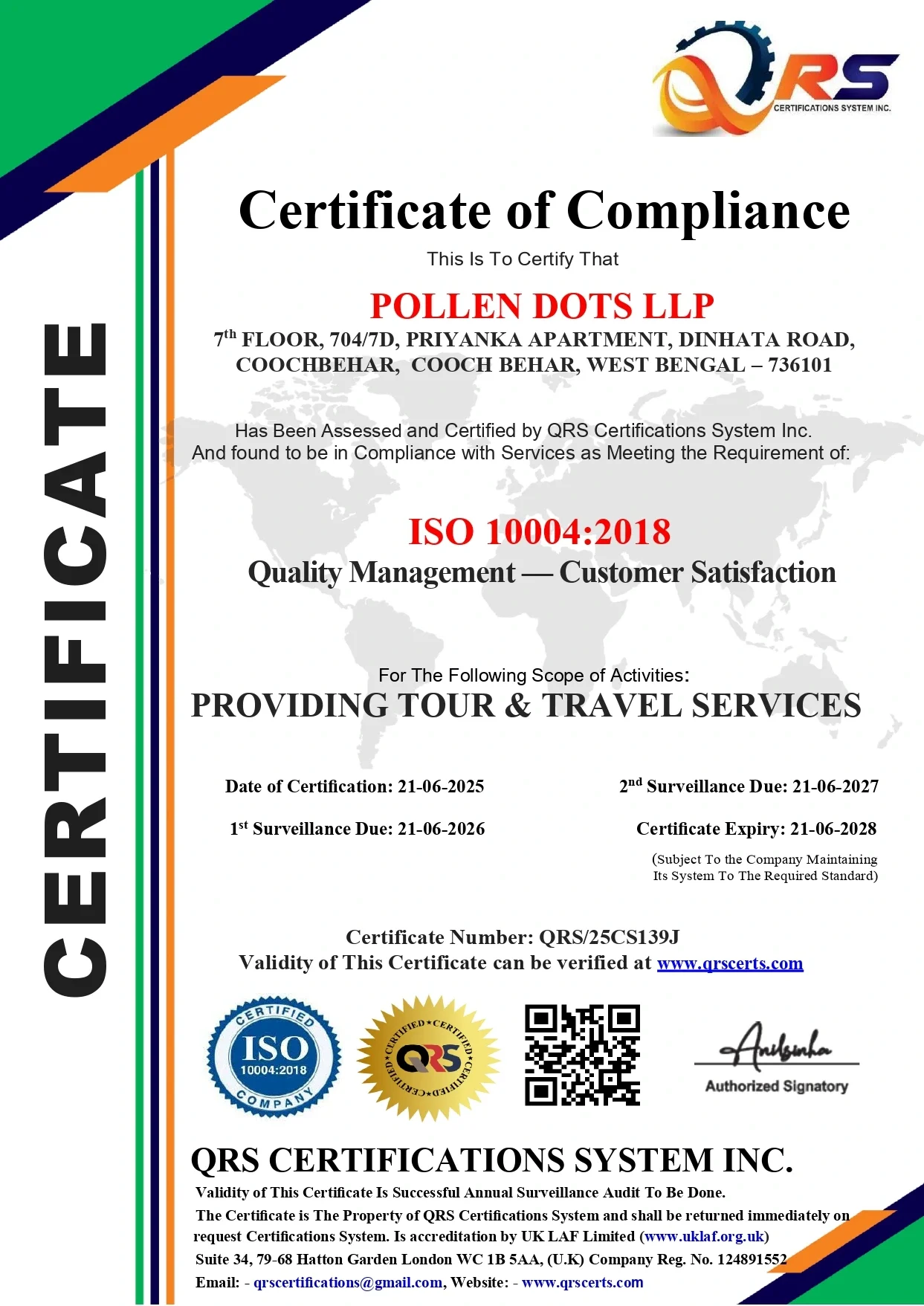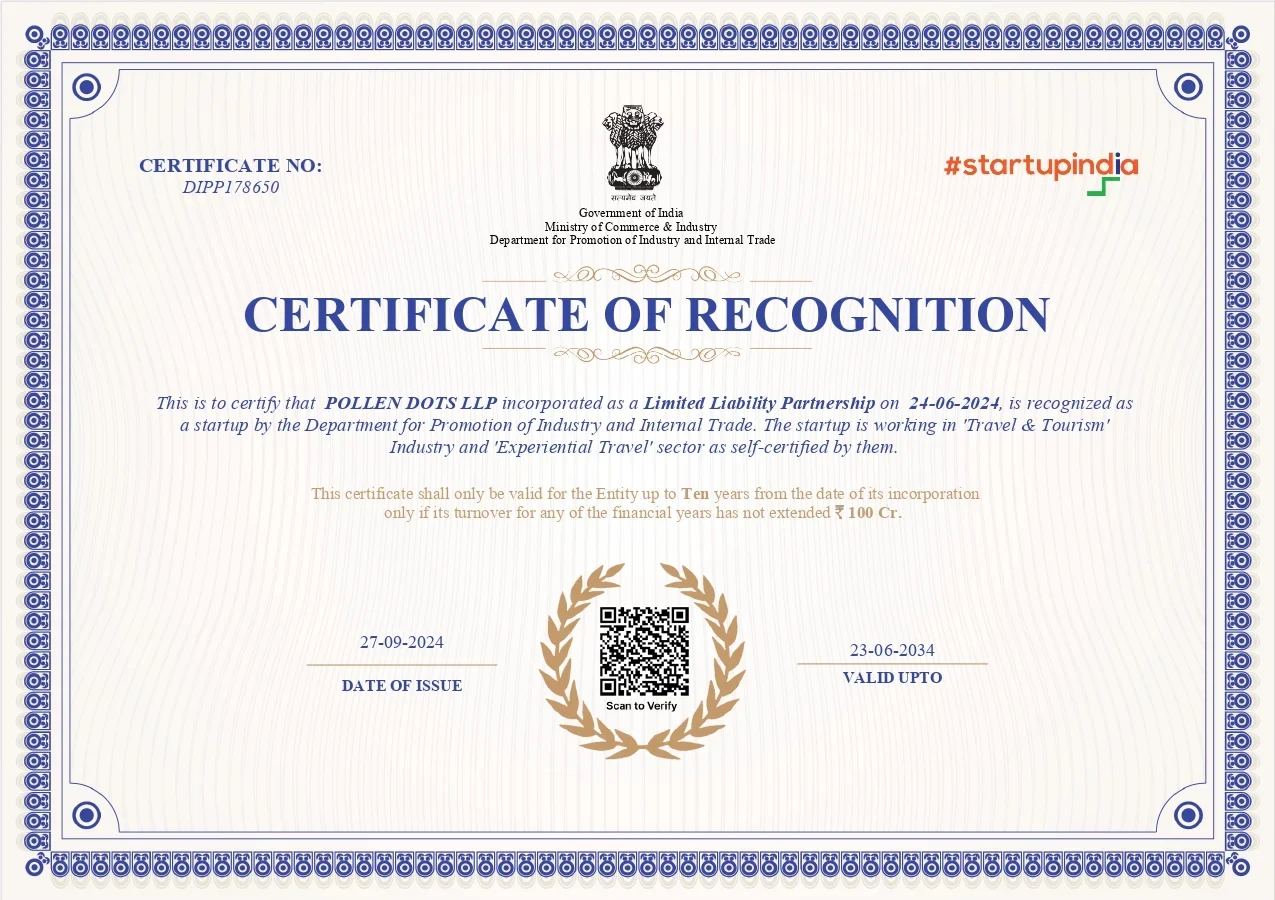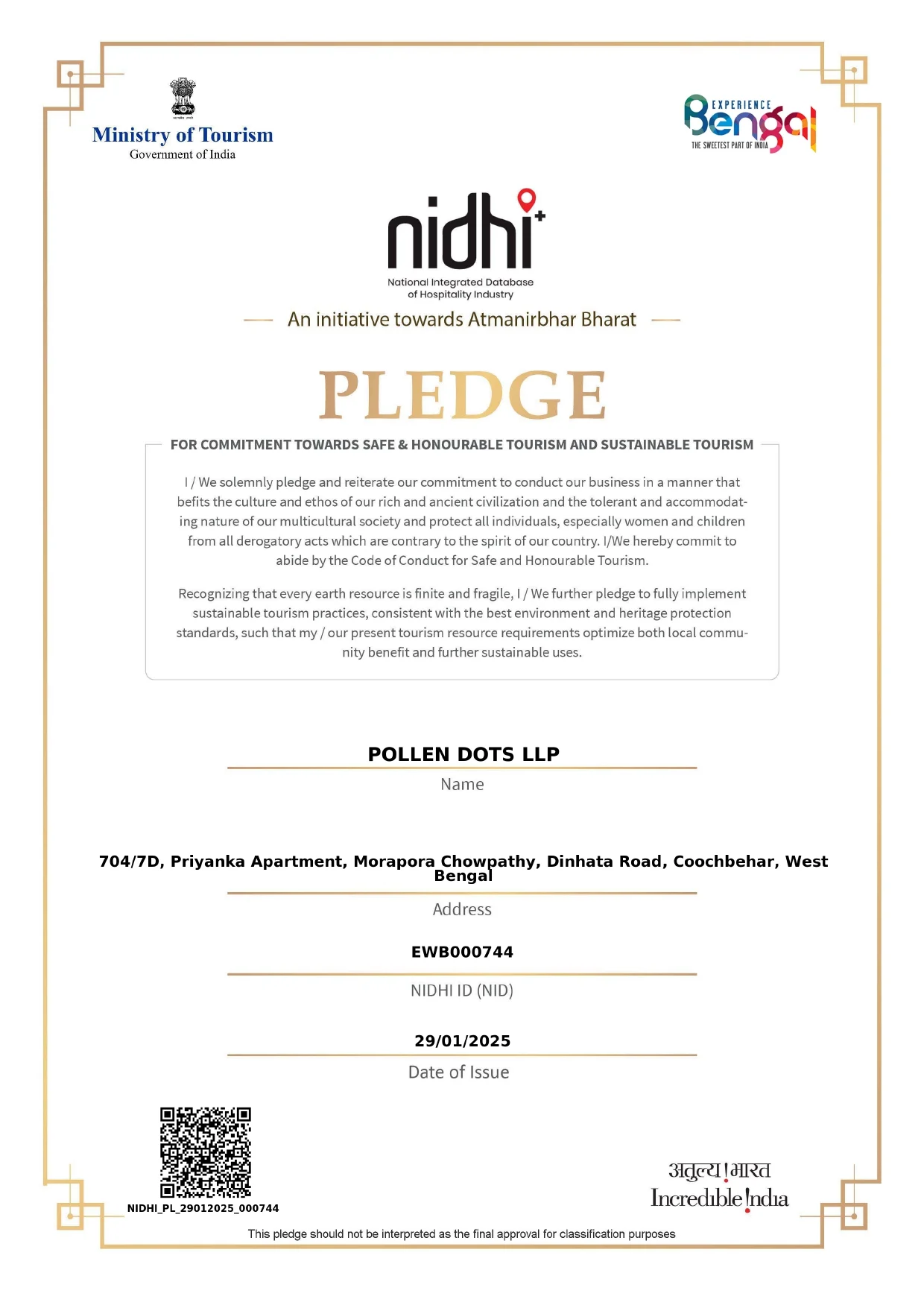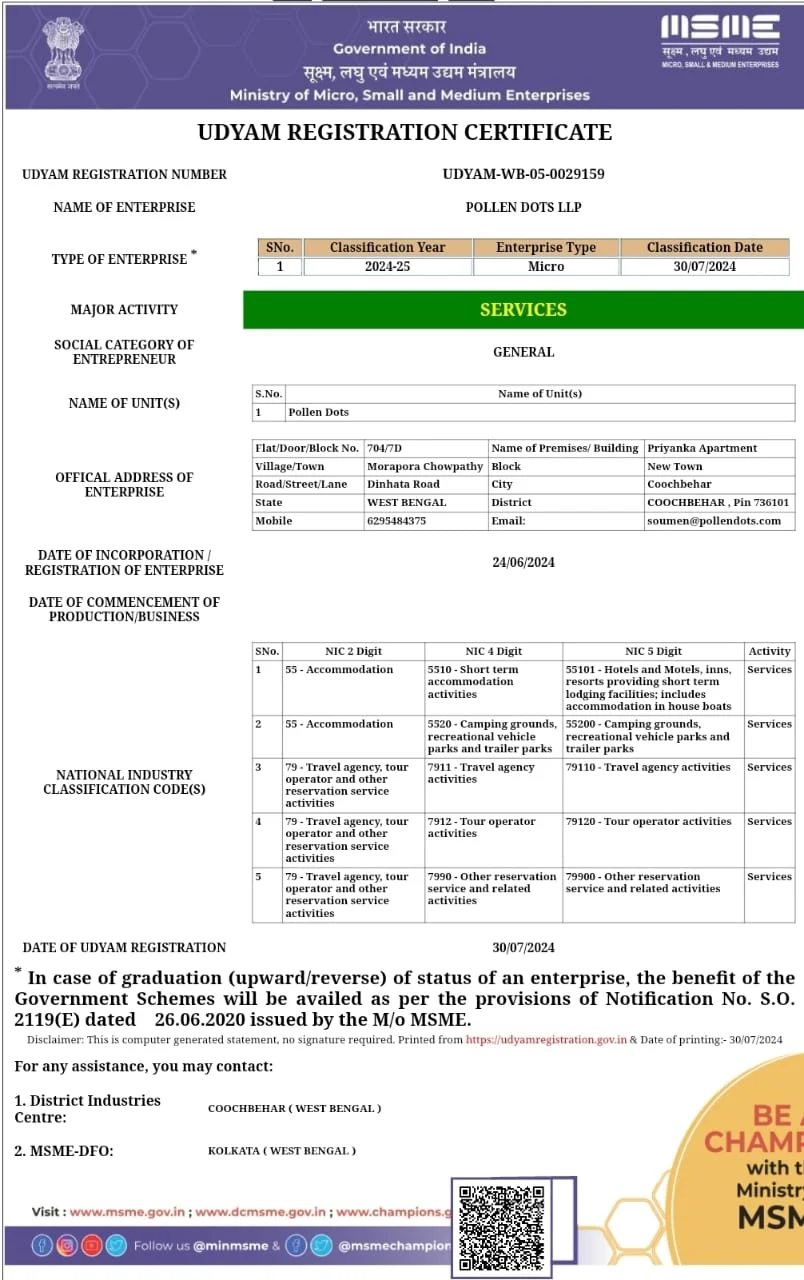A Landscape of Layers”
Zemithang isn’t a place that announces itself. It unfurls — with cedar-scented winds, quiet prayer wheels, and the hush of mountains that keep their own counsel. Near the borderlands of Arunachal Pradesh and Bhutan, this Monpa village holds both isolation and invitation in equal measure.
The roads may narrow as you ascend, but your perspective only widens.
Where Wisdom Grows Wild
In a shaded clearing beyond the cluster of houses, an elderly Monpa woman tends to a garden. Not of vegetables, but of remedies — wild mint for headaches, rhododendron bark for inflammation, and nettle roots for digestive woes.
“Everything you need, the forest already knows,” she says gently, more as a passing thought than a lecture.

You won’t find a pharmacy here. You’ll find a relationship — between people and place, where plants are not products but kin. Knowledge isn’t archived in books. It’s grown, gathered, and remembered.
Between Borders, Beneath Belief
The Gorsam Chorten — a serene, white-domed structure — watches over the valley like an old monk at rest. Locals say it mirrors the Boudhanath of Nepal. Pilgrims walk around it quietly, spinning prayer wheels not for spectacle, but out of habit, faith, and rhythm.
There are few tourists here, fewer distractions. Just wind, flags, and footsteps. The border with Bhutan is close, but invisible. What’s more visible is harmony — of Buddhism, of animism, of generations walking the same slow paths.
Snippets from Zemithang
- The Courtyard Conversations:
Women sit weaving yak wool by hand, talking about clouds as if they were gossiping about neighbors. - The School Without Bells:
Children gather under a pine tree with a teacher who uses pebbles and parables in equal measure. - The Bridge Across Time:
A rickety wooden bridge leads to a hamlet untouched by mobile signals — but rich in stories passed nightly by firelight.
Know Before You Go: Travel Notes for Zemithang
- How to reach: Take a private vehicle or shared sumo from Tawang town, passing through Lumla. The road is bumpy but worth every turn.
- Stay: Family-run homestays offer traditional meals, wool blankets, and lots of quiet.
- When to go: March to May or September to November — for flowers, festivals, and visibility.
- Respect the place: Photography is welcome, but always ask. Some corners of life here are meant to be experienced, not archived.
Zemithang is not on many maps — not emotionally, at least. But to walk here is to witness a way of life where healing is slow, silence is wise, and faith is not worn — it’s lived.
Some places teach you to listen. Zemithang teaches you to listen without asking for answers.”

